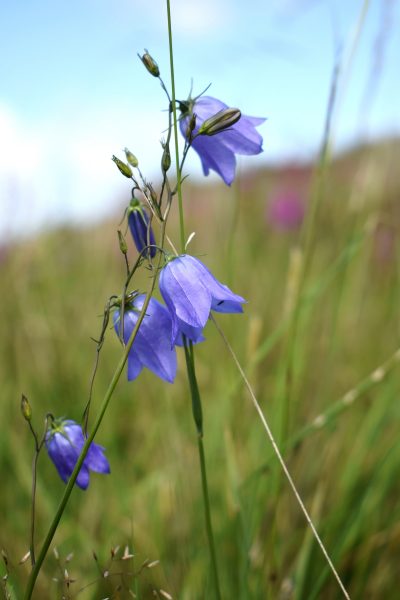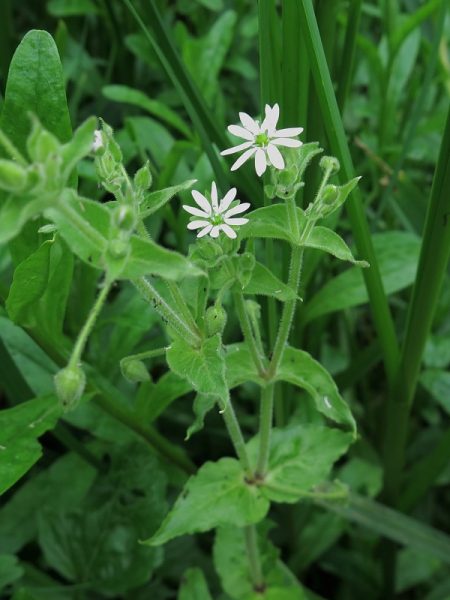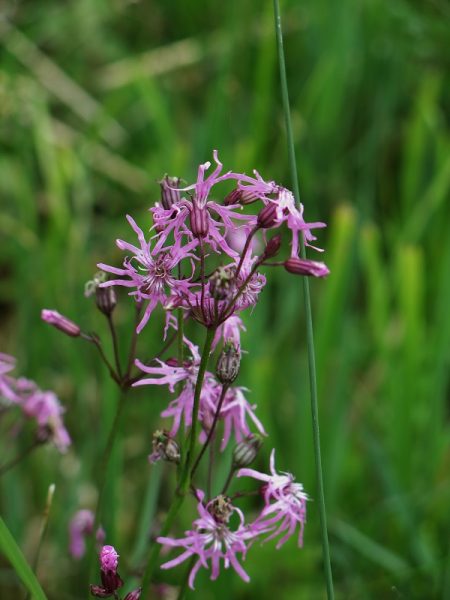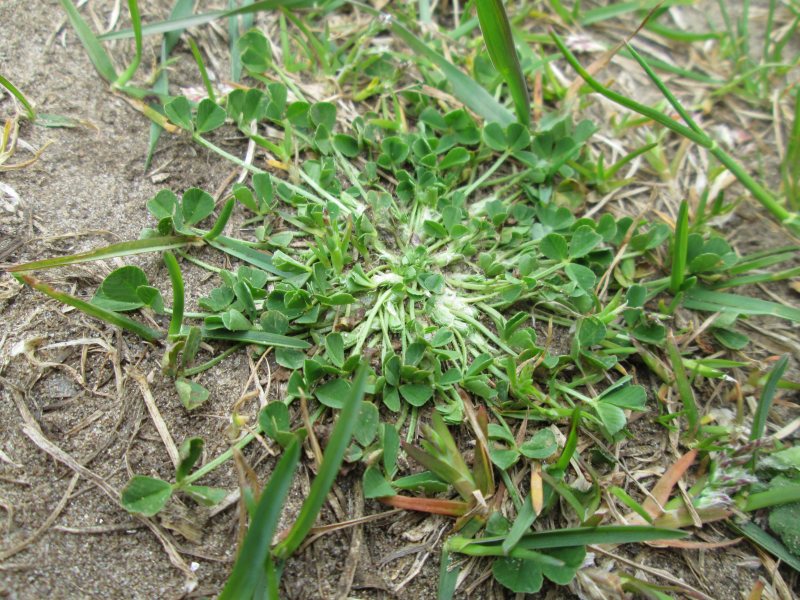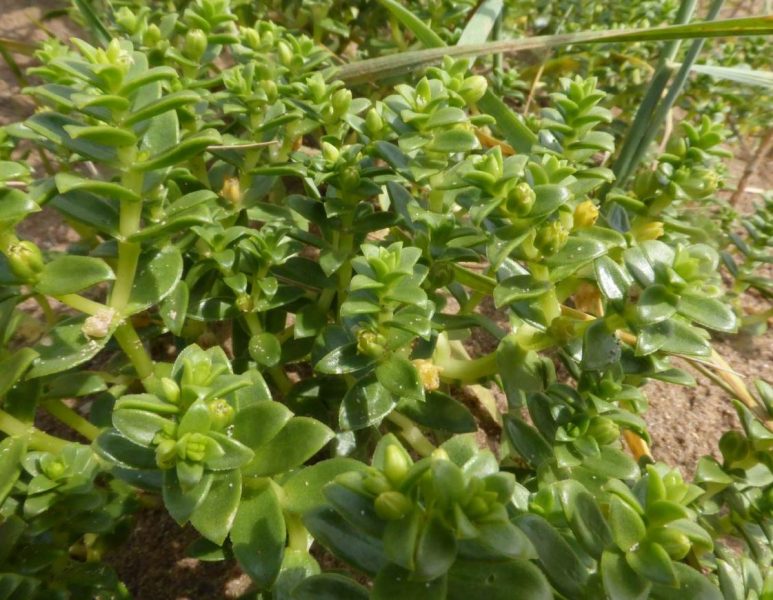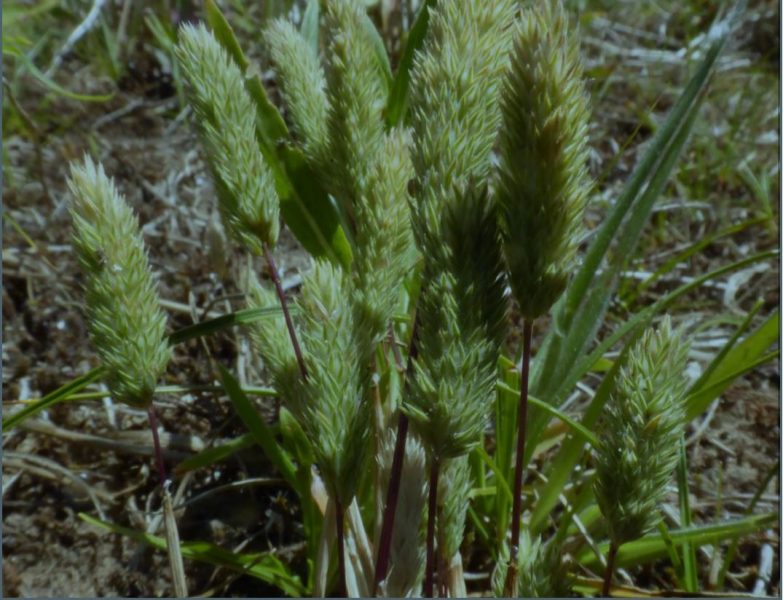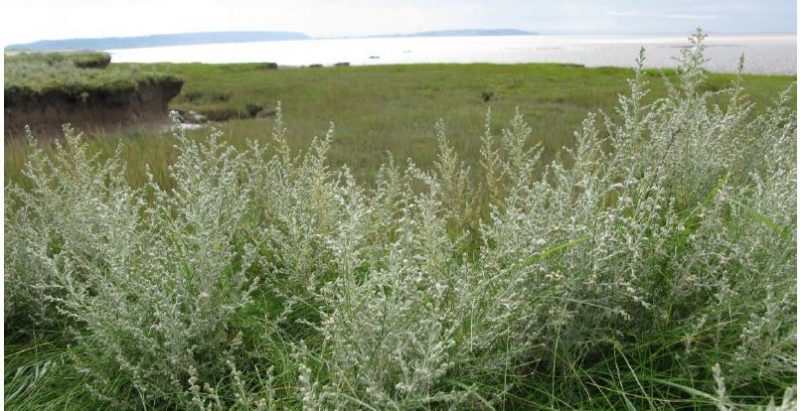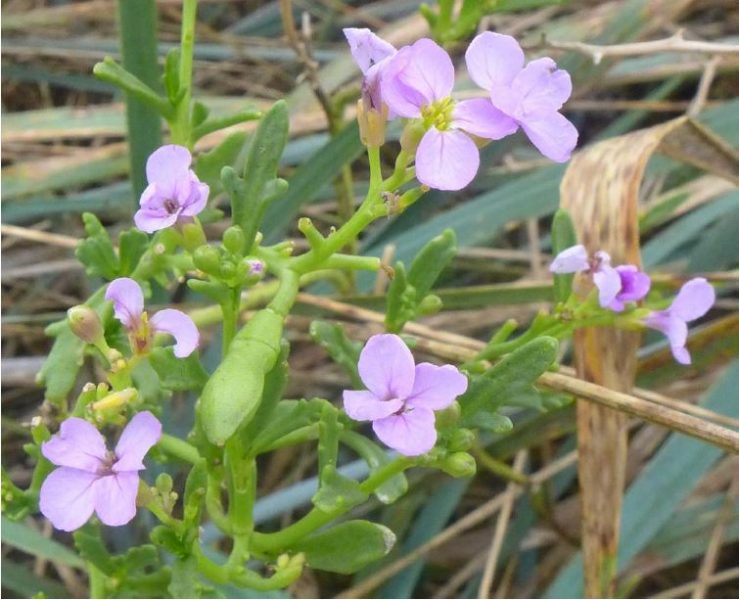It has been a year since the start of the first Covid-19 lockdown and a year since Simon Leach started the First Flowering Dates project. To mark this milestone he has compiled a report on the first three weeks findings from this March. There won’t be regular reports this year but there will be a grand round-up when the ivy is in flower. More background on the project and its current status can be found under Activities > Projects.
Author: Val Graham
Summer Meetings 2021
Despite all the uncertainty due to COVID, we have optimistically organised a full programme of field meetings for this summer. You can find the meeting programme under the Activities menu. Let’s hope we can all meet before too long.
Target Species for Spring 2021

As we are definitely in spring now that the Equinox has passed, we thought you might like to look for some woodland flowers. A list of five species, with maps and descriptions, has been prepared by Liz McDonnell. You can find it in the new Target Species section (under Activities > Projects in the menu).
The RPR account of Oxalis acetosella (Wood-sorrel – pictured) has been updated as well. While you are there you can have a look at the new account of Trinia glauca (Honewort).
The mistletoe project is now closed and the web page has been updated (also under Projects).
Some plants in the news

Allium ampeloprasum by Philmarin CC BY-SA 3.0
A couple of interesting plant stories have appeared in the last few weeks. Firstly, in BSBI News for Jan 2021 there are reports on two of the plants in our Rare Plant Register.
The first, is Allium ampeloprasum var. ampeloprasum (Wild Leek). Tim Rich collected and cultivated plants from the colony on Flat Holm (VC41) and determined that it never sets seed. His conclusion is that the colony is likely to be a single sterile clone of cultivated origin. As a result, he calls into question its status in the British Vascular Plant Red Data Book. He believes that both the Flat Holm and Steep Holm (VC6) colonies are likely to be relics of cultivation.
The second species, Lythrum hyssopifolia (Grass-poly), has been re-found after an absence of over 100 years by the Norfolk Pond Project following pond restoration. This species has always been very rare in the UK. Before you rush out to hunt for it in Somerset you should read the RPR account.
And finally, the ultimate gall – a newly described fungus from Guyana that mimics a flower – as described on the the excellent botanical blog “In Defense of Plants”.
Additions to RPR – March

Another handful of rare plant accounts have been added to the Rare Plant Register this month. They are Carex extensa (Long-bracted Sedge), Cerastium arvense (Field Mouse-ear), Glaucium flavum (Yellow Horned-poppy), Ononis spinosa (Spiny Restharrow), and Polygonum oxyspermum subsp. raii (Ray’s Knotgrass) .
Somerset Stoneworts

Stoneworts, or Charophytes, are structurally complex green algae which thrive in relatively unpolluted freshwater habitats. Nick Stewart, BSBI’s Charophyte referee, has put together a register of the 15 species occurring in Somerset, see the Rare Plant Register menu. The ditches of the Levels are the main area of interest in Somerset, which hold the largest UK populations of Great Tassel Stonewort (Tolypella prolifera).
An excellent written introduction to the group and their habitat needs is available in Nick’s report on Important Stonewort Areas for Plantlife. There are also links to presentations and an identification key on the BSBI Charophyte page and a Stonewort Identification video on the BSBI Aquatic Plants Project page.
The Coiled Spring
Following on from his always interesting roundups of natural history sightings and meteorological reports from last year, Simon Leach has continued with a view of the year so far. It includes a summary of all the first flowering reports from members. If you haven’t yet joined in with First Flowerings 2021 you can read about it in his post from the beginning of the year.
Further accounts of coastal rarities

Trifolium suffocatum at Weston s Mare (ITS) 2013 
Honckenya peploides at Sand Bay (HJC) 2014 
Phleum arenarium at Berrow Dunes (2014) HJC
Another five accounts of Somerset coastal specialists have been added to the Rare Plant Register: Honckenya peploides (Sea Sandwort), Herniaria glabra (Smooth Rupturewort), Trifolium squamosum (Sea Clover), Trifolium suffocatum (Suffocated Clover), and Phleum arenarium (Sand Cat’s-tail).
New rare species accounts

Artemisia maritima at Woodspring Bay (2011). Photo: HJC 
Cakile maritima at Burnham-on-Sea (2015). Photo: FJR
There’s a salty theme in the latest updates to the Rare Plant Register: Artemisia maritima (Sea Wormwood), Cakile maritima (Sea Rocket), Euphorbia paralias (Sea Spurge), and Zostera marina (Eelgrass). Also added is Agrostis curtisii (Bristle Bent), a grass of poor acid soils.
